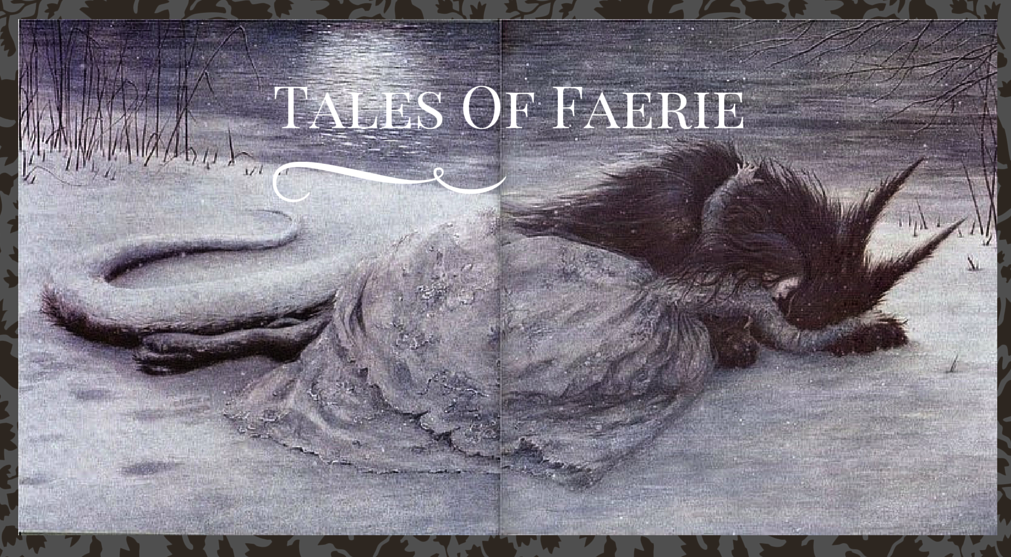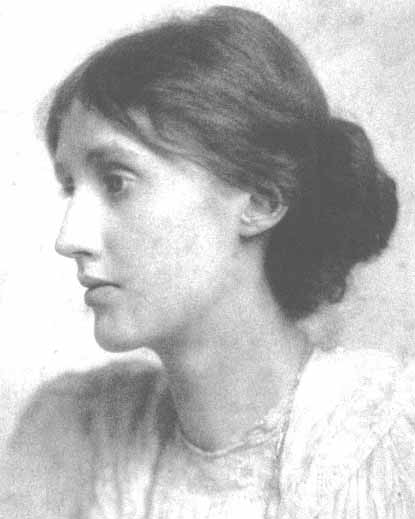This image is a promo for "Harry Potter and the Forbidden Journey," a ride at the new Universal Studios Harry Potter land. I'd like to go on that too. But today we're talking about these fobidden journeys:


Specifically, women writers of fantasy in the Victorian period who strayed from what was expected of women in their day. Auerbach and Knoepflmacher (that latter last name would be even harder to pronounce than my own) gathered a sampling of fantasy from several authors and provide introductions to each section: Refashoining fairy tales, Subversions, A Fantasy Novel, and A Trio of Antifantasies.
The introduction to the book describes the difference between male Victorian writers, whose "obsessive nostalgia for their own idealized childhoods inspired them to imagine dream countries in which no one had to grow up." Whereas women of the time were treated like children their whole lives, but in the most negative ways, they perceived childhood darker and less innocent and playful. Interesting note about children's literature in the Victorian period: "Since Victorian children were perceived as secure in their innocence, there was no felt need to expurgate anger, subversion, or literary experimentation from their reading." This explains why many fairy tales from the period are surprisingly dark for our sensibilities.
Yet, given this introduction, I didn't find the tales all that dark. They were very sweet, I thought, with one of Rosetti's stories being the only tale that was truly a dark social satire. But what to us seems mild was often more shocking at the time.


Some highlights: the stories of Anne Thackeray Ritchie (daughter of W.M. Thackeray), pictured above. She retells Beauty and the Beast and Sleeping Beauty very closely to the traditional plots, yet without the magical elements. Her characters discuss, at the beginning of each story, how fairy tale themes can be seen in everyday life. I love this theme-it's very empowering to the listener. What is the true miracle of the fairy tales-that a kiss awakens a female, or that a sheltered woman finds love and blossoms? That a Beast is transformed, or that a Beauty is able to love despite negative circumstances and appearances?
I also enjoyed Maria Louisa Molesworth's "The Brown Bull of Norrowa," a retelling of an Animal Bridegroom tale.
The "Subversions" section featured two parodies of Dickens' "A Christmas Carol," which were supposed to be very dark but I didn't think were especially dark. They were nice but not something I'd want to read again, the same as E. Nesbit's stories (although I love her novels). I did enjoy Frances Hodgson Burnett's "Behind the White Brick"-a young girl's dream journey into another world. But again, I didn't think a sarcastic talking baby was any darker than a queen who wants everyone's heads cut off. The introduction describes how Burnett's writing was limited by her fans' fear of her being a "new woman," so she uses the baby as "a perfect vehicle for the expression of emotions forbidden to a Victorian lady."
Confession: I never finished Jean Ingelow's "Mopsa the Fairy," the short novel. I just never grabbed my attention. The whole thing was designed as sort of the anti-Alice in Wonderland. The plots are parallel, yet opposite in some areas. Noteably, the female starts off being the innocent fairy dependant on the boy, who one would assume is the hero of the story, but the fairy (Mopsa) eventually gains authority as the human boy loses it and is eventually sent home unwillingly, to be back in the authority of his parents. The concept is interesting, but in order for a fantasy world to be good, it must be either believable, or humorous (like Alice's world), and for whatever reason I thought this story to be neither especially. Although I can't judge authoritatively since I didn't get very far (but for me to not enjoy a work of fantasy is very rare!)
The last section of the book features a set of stories told by an aunt to her neices, called "antifantasies," written by Christina Rosetti (pictured above). The first story features a birthday girl disappointed by the unrelenting realism of her birthday party compared to a little girl's ideal, followed by another dreamworld episode where she visits another birthday party where the children play cruel games with each other. These games mirror the cruelties-subtle and not-that women and children were already subjected to by society. The second features a girl who never accomplishes the task she set out to (to boil water)- an anti-heroine. The third is sort of a cross between The Little Match Girl and Little Red Riding Hood, only unlike Red, this underpriviledged girl resists temptations, which turn into pets she rescues and ends with a happy reunion at home for all of her troubles.
It's impossible for a modern mind to read the stories like a Victorian mind would, but I appreciate the concept of this book. As one commenter said on the back of the book called it: "A rival to masculinist histories of the 'golden age' in children's literature." (Margaret R. Higonnet, former editor, Children's Literature).



When it comes to our furry companions, their Healthiest Dog Breeds and well-being are always a top priority That's why it's essential to consider the healthiest dog breeds when adding a new member to the family.
ReplyDelete